Isolating Proteins? Use Histidine and Transition to Metals
To isolate your protein, you are going to need to tag it with something that will allow you to fish it out of the bacterial protein soup. This is where transition metals can help you out!
Join Us
Sign up for our feature-packed newsletter today to ensure you get the latest expert help and advice to level up your lab work.
Search below to delve into the Bitesize Bio archive. Here, you’ll find over two decades of the best articles, live events, podcasts, and resources, created by real experts and passionate mentors, to help you improve as a bioscientist. Whether you’re looking to learn something new or dig deep into a topic, you’ll find trustworthy, human-crafted content that’s ready to inspire and guide you.
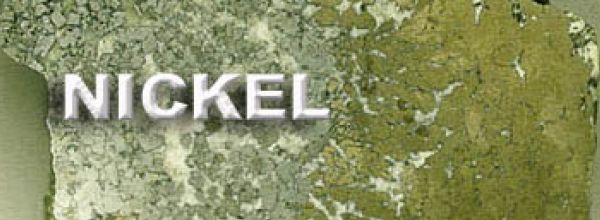
To isolate your protein, you are going to need to tag it with something that will allow you to fish it out of the bacterial protein soup. This is where transition metals can help you out!

Mass Cytometry is a relatively new technology which has recently featured in many high-impact journals. You may have read about instruments including the CyTOF, CyTOF2, and more recently, the Helios. With these instruments becoming more widespread, you might find yourself asking, what is mass cytometry, and what can it do for you? The Basis: Conventional…
Scientists today depend heavily on many molecular biology techniques to perform their research. For example, with the advent of next generation sequencing (NGS): scientists are able to look at very minute details, right down to individual genetic sequence variations. However, the increase in experimental complexity means that every extra step becomes more crucial than…
Viability PCR (vPCR) is a big step forward in PCR technology. Through the use of a simple pre-treatment of the sample(s) of interest using specific intercalating reagents, it is possible to neutralize the DNA of dead cells. As a result, only DNA from live cells will be amplified by PCR. Through the vPCR, it’s possible to…
One of the key characteristics of cytotoxic cells (i.e. CD8+ T cells, natural killer cells) is the presence of pre-formed cytoplasmic lysosomal granules. These structures house perforin and granzyme; two molecules that are essential for the lysis of target cells. Upon effector cell activation, granules are polarized toward the target cell and the contents are…

Few things can dash your hopes quite like phages. They can annihilate whole bacteria cultures in the blink of an eye, and make your next cloning or expression project impossible. But you can harness these evil-do-ers for good. And use phages to screen massive libraries of peptides. Learn how below. The Typical “Evil” Phage Experience…
So you have a gene or protein that you think may be involved in migration or invasion and the next step is to embark on migration assays. These assays are useful for testing fundamental migratory processes, such as embryonic development, immune response, metastasis and angiogenesis. For a long time these have been an invaluable mainstay…
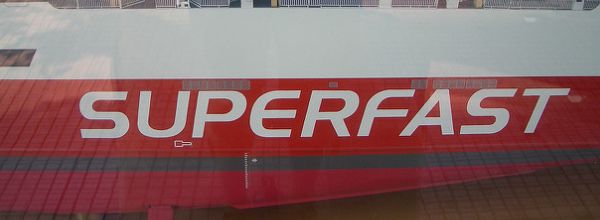
While most of us have heard of super resolution microscopy, many of you may not have heard of MSIM, or Multifocal Structured Illumination Microscopy. This under-the-radar imaging technique is relatively quick, cheap (by comparison) and will allow you to get a lot of data, fast. So What is MSIM Anyway? MSIM, as I mentioned earlier,…

Supported lipid bilayers are a very useful tool in many fields of cell and membrane biology. But how easy is it to make them? Bilayers can be made quite reproducibly, once you have found a reliable protocol! However, it can take some time to optimize your technique, so to increase your chances, make sure you…
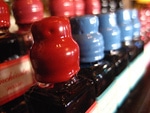
You’ve tried all the usual stuff, and checked the primer sequences twice, but still can’t get that PCR fragment amplified. It’s time to enter the strange world of PCR additives. Over the years a variety of additives have been shown to enhance PCR reactions in certain situations. Here is a summary of some of the…

Fluorescent tags are widely used for microscopy and expression studies – but it wasn’t so long ago that this everyday tool was unheard of. In this article we’ll talk about how GFP came to be, and what it means for you. Green fluorescent protein, or GFP, was first identified in a fluorescent jellyfish, Aequorea victoria….
One of the much sought after question asked by many researchers worldwide is – “What is the gene expression profile of a single cell within a heterogenous pool of cells?” While mass cytometry is the current ‘hot’ methodology for single cell analysis, the good old flow cytometry can help us perform rapid analysis of single…
Flow Cytometry is a great way of seeing how many of your cells express a particular marker and how much of it is there. We do this by measuring fluorescence, but, as with all measuring systems, there will be signal that we are always trying to measure the above the noise. The signal that we…
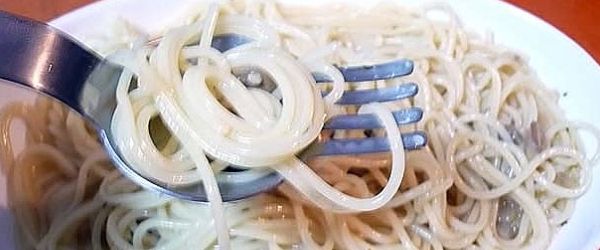
Are you an assiduous biologist who prefers label-free imaging methods for biological samples analysis? Raman spectroscopy offers you a wonderland of imaging technique with unlimited benefits. To start with, Raman Spectroscopy is a spectroscopic technique based on inelastic scattering of monochromatic light usually from a laser in the visible or near infra-red part of electromagnetic…

IMS is a rapidly advancing technique that nicely blends the best bits of mass spectrometry with microscopic imaging. Learn more about it and how it could be applied to your work.
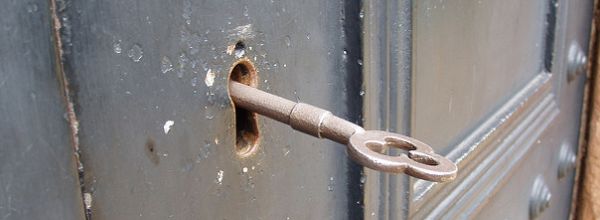
Formalin fixed paraffin embedded (FFPE) tissues are valuable samples that typically come from human specimens collected for examination of the histology of biopsies for the detection of cancer. But each sample contains much more information just waiting to be unlocked. Despite the tiny sample size, DNA can be extracted from the tissue sections and used…
RNA sequencing (Wang 2009) is rapidly replacing gene expression microarrays in many labs. RNA-seq lets you quantify, discover and profile RNAs. For this technique, mRNA (and other RNAs) are first converted to cDNA. The cDNA is then used as the input for a next-generation sequencing library preparation. In this article, I’ll give a brief…

So, you’re sitting there with your list of significant SNPs, thinking, “what do I do now”? Hopefully this article can point you in the right direction! So far, you will have extracted genomic DNA from your organism of interest, sourced the SNP chips required, and had the DNA run on these chips. The chips will…
Flow cytometry is a fluorescence-based technology, as is fluorescence microscopy and confocal microscopy. Fluorescence is fundamental to how a cytometer gathers data, but I am often surprised, as a core manager, at how little new users know about the process of fluorescence. So, this is where I always start the training process. Let’s get physical…
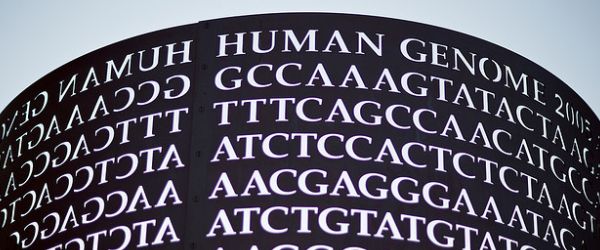
Genomics, transcriptomics, proteomics, metabolomics – words that in 2015 sound very familiar even to a freshman in any biology field. Although most have heard those words before, I keep encountering students or even post-graduates who find it difficult to explain what they are. So, to make things easier here is a peek behind the curtains…
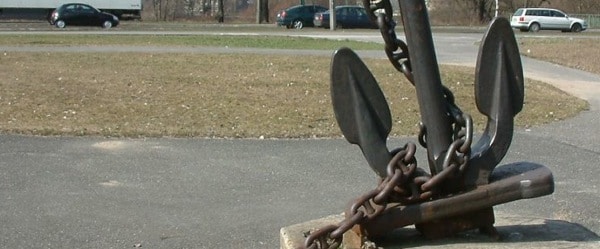
Anchored multiplex PCR (AMP) is a powerful method for amplifying minuscule amount of nucleic acids. Combined with Next Generation sequencing, AMP just might be what you need to identify genetic mutations.

gif by Kronin Okay not talking about that kind of matrix. But the kind of matrix that is crucial for MALDI (Matrix-Assisted Laser Desorption Ionization). I talked briefly about MALDI in my last article, Imaging Mass Spectrometry: The New(ish) Kid on the Block. Now I want to tell you more about MALDI, specifically the matrix….

Having trouble with your cloning? It might be to do with the DNA gel extraction. Get our top 10 DNA gel extraction tips to help you out.
A disruptive sequencing technology Every new generation, a new concept is born and can completely reshape the landscape of biomedical research. Nanopore sequencing technology, although still at its infancy, is beginning to look like a “game-changer.” It’s a revolutionary concept in sequencing in which strands of nucleic acids are fed through a tiny pore (nanopore)…

It doesn’t matter how excited you are about the research or how intriguing the biology is, if you cannot record it – and record it well – it won’t matter. Here I will tell you how to take the perfect electron micrograph.

While it is true that there are some useful websites like SNPedia, or NCBI that can help you find rs codes for genetic variants, sometimes you need that info coming straight from the oven – particularly when you want to look at atypic SNPs or substitutions that have not been validated. So, in this post I…

Want to save money on one of the most expensive steps of your Western blots? Then, use less antibody for significant cost savings!
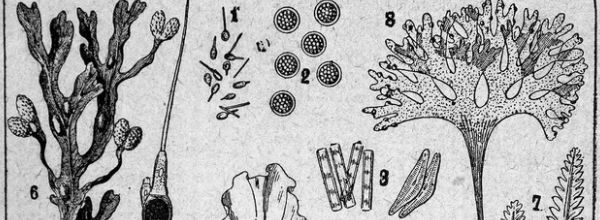
Do you know about algae and their potential in today’s world? Do you know how to work with algae? Algae are becoming increasingly important in the research world.

Do you work with plants? Are they genetically engineered? Do you know where and how? If not, you could experience problems. After all you do not want your transgenic gene cassette to disrupt genes that would affect your phenotype of interest. In this article I will tell you about Agrobacterium-mediated transformation – a widely used…
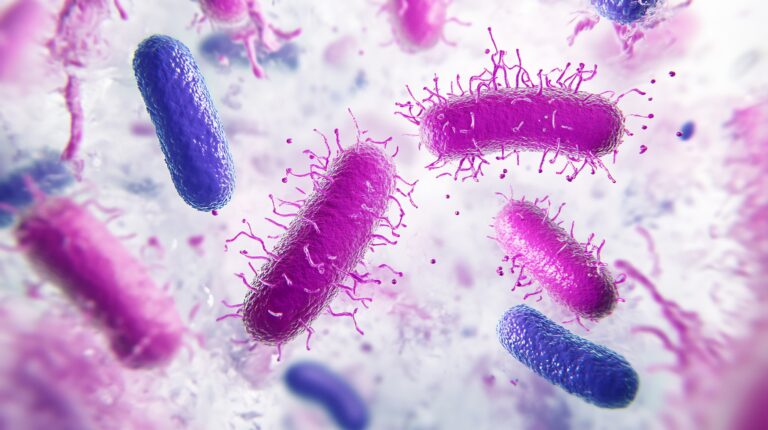
The Gram stain is another commonly used special stain in the histology lab. Why use a Gram stain? The Gram stain is a type of differential staining technique which represents an important initial step in the characterization and classification of bacteria using a light microscope. It is named after a Danish scientist, Hans Christian Gram,…
What is a luciferase assay and what is it useful for? A luciferase assay takes advantage of the innate bioluminescent properties some organisms exhibit, most notably the firefly. The firefly can convert luciferin to oxyluciferin in the presence of the enzyme luciferase to emit light. The most common scientific assays utilizing luciferase are reporter assays…

Get some ideas on what CRISPR can do for you and what using it involves.

Alu sequences are repetitive DNA sequences that are widely dispersed within the human genome. These “junk DNAs” are not as useless as one might think. An interesting method to use them is to quantify the number of integrated Human Immunodeficiency Virus (HIV) genome copies using Alu-PCR.

After countless immunos with free-floating sections – troubleshooting, testing antibodies, and finally doing the actual experiments – I felt like an expert on immunohistochemistry. I knew everything there is to know, right? Well, of course not – it does not work like this in science! For my next project, I would need to perform immunohistochemistry…

Imagine trying to build a house without power tools: It’s completely doable – after all, people did it that way for centuries – but it’ll take you a lot longer and has limits. Similar to this, modern day biology now has its own set of “power tools.” So while you could do biology the old-fashioned…

What do you use if antibodies are too large for super resolution microscopy? Aptamers. These are small affinity reagents (~ 2 nm!) that interact with their target in the same way as an antibody, but without the hefty backbone attached.
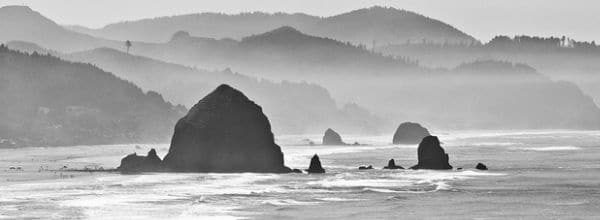
Three dimensional cell culture mimics the extracellular matrix (ECM) that offers the structure and support for cells in vivo, thus creating the complex architecture and network required for cellular communication. For 3D cell culture beginners (or enthusiasts), the information available may seem overwhelming. It sure was for me. But it can be simplified. For example,…

Now you’ve got great sequencing results, thanks to Nick’s article on improving sequencing results. Now what? Well now you need some software (preferably free) to analyze your data. BioEdit is a good option. But what I have to offer today is a much lighter and equally handy tool. It’s called Artemis and was developed by…

For several decades, Ethidium Bromide (EtBr) was the molecular biologist’s default dye for DNA staining. Now, EtBr is being consigned to the history books. It’s time to have a historical look at where it all started.

How to Obtain a Purer PCR Product and Reduce Non-specific Amplification Unless you’ve gotten your hands on some miraculously specific primers, amplification of only your target sequence without non-specific amplification can be very challenging. Thankfully, a clever and surprisingly simple solution is at hand! A Quick Recap of the Basics In PCR, you design your…

The eBook with top tips from our Researcher community.